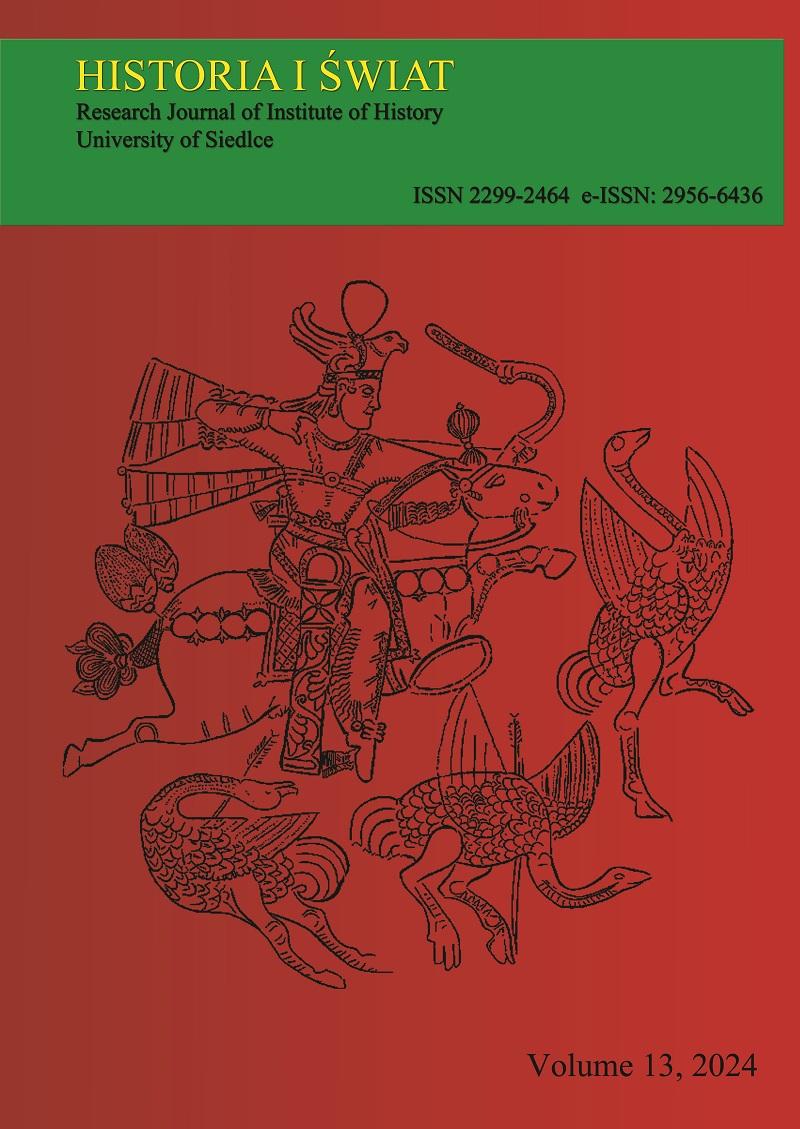Archaeological Studies and Statistical Analysis of Sasanian Coins (Drachm) from Tis Village in Southeast of Iran
DOI:
https://doi.org/10.34739/his.2024.13.07Słowa kluczowe:
Iran, Sasanian Coins, Coins Typology, Statistical Analysis, Peroz, Tis, ChabaharAbstrakt
In 2002 AD, a hoard comprising of 183 coins was discovered by workers during the construction of a road near a village within the environs of Tis near Chabahar in Southeastern Iran. From this cache of 183 coins, 157 are currently preserved in the Museum of Zahedan and are used in this study. To date, no research has been conducted on any of the coins, which are arranged in albums with only a small number displaying details of their various properties. Initial research involved identifying the coins, identifying and recording their exact location, and developing a typology. This study identifies the precise location as determined via analysis of the king, the mint, and the date and in consideration and comparison of the listing of the coins by Stephen Albums, in which the qualitative measurement of the quantity of coins and quantitative measurement of coin’s mints have been studied. Studies show that the coins are attributed to the Sasanian period, Peroz I and are classified into four groups of typological type, and in 15 different mints, including Mazda Artaxerxes, Estakhri, and Darabgerd. Using the relative frequency graph, the highest quantity of coins, according to typology, is attributed to the second type at 35.02 % and the lowest attributed to the first and third types jointly at 11.46 % of the total. The highest quantity of coins is attributed to the mint of Estakhr at 13.37 % and the lowest to the mint of Gorgan at 0.64 % of the total. Due to an absence of determinable typological features, 10.88 % of the coins could not be attributed to any type. In addition, 26.74 % of the coins could not be attributed to any specific mints.
Pobrania
Pobrania
Opublikowane
Numer
Dział
Licencja
Prawa autorskie (c) 2024 Authors

Utwór dostępny jest na licencji Creative Commons Uznanie autorstwa – Bez utworów zależnych 4.0 Międzynarodowe.




